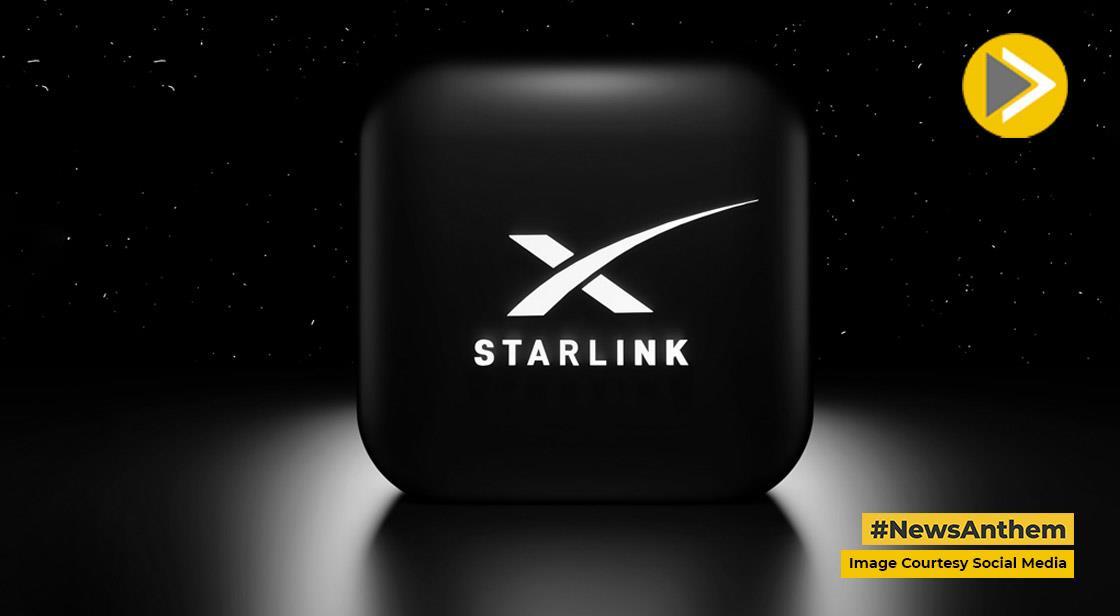Starlink Gets Government Nod to Begin Satellite Services in India—But Only If It Meets These Conditions

News Synopsis
Elon Musk’s satellite internet venture, Starlink, has officially received a Letter of Intent (LoI) from the Department of Telecommunications (DoT), a significant step toward beginning its satellite broadband operations in India. An LoI typically outlines a shared intent between two parties to move forward with a deal, detailing proposed terms and areas of negotiation.
While not generally legally binding, it may contain specific binding clauses such as confidentiality agreements or exclusive engagement terms. This development positions Starlink closer to acquiring its long-awaited satellite communication license.
Starlink Still Waiting for GMPCS License
Data Localisation Agreed By Starlink
As reported by a news agency, Starlink has been awaiting the Global Mobile Personal Communications by Satellite (GMPCS) license for several years in order to kickstart its services in India. The company has now agreed to the Indian government’s demand for data localisation—a policy requiring that user data be stored within Indian borders.
“This means that user data collected by service providers will be stored within India.”
Following the issuance of the LoI, the DoT is expected to move ahead with granting the GMPCS license to Starlink in the near future.
Current Satellite License Holders
Currently, only Jio and Airtel possess licenses to provide satellite-based internet services in the country. Amazon and Starlink are still awaiting approvals. Recently, Starlink and SpaceX representatives met with Commerce Minister Piyush Goyal, and Elon Musk himself met Prime Minister Narendra Modi, signaling the company’s keen interest in entering the Indian market.
Conditions Starlink Must Fulfil Before Launch
Security Norms and Real-Time Surveillance
Before officially launching in India, Starlink must comply with a comprehensive set of new regulatory requirements issued by the DoT. These include extensive security mandates involving website blocking capabilities, legal surveillance protocols, and location tracking systems.
“The DoT has tightened regulations for satellite service providers, adding 29 to 30 new security parameters.”
Surveillance Near Borders
One of the key conditions includes establishing a surveillance zone within 50 kilometers of India’s international borders. This is designed to tighten national security and allow for quick response to suspicious activities in sensitive regions.
“Service providers are required to establish a special surveillance zone within 50 kilometers of India’s international borders.”
Network Cut-Off for Unauthorized Roaming
Starlink and other providers must be ready to disconnect users who are found to be operating in unauthorized or restricted zones.
“Providers must be prepared to cut off a user's network if they are found roaming in unauthorized or restricted areas.”
Real-Time Terminal Tracking Required
In another significant clause, the government has mandated the real-time tracking of both fixed and mobile user terminals. The service providers must share the longitude and latitude of terminals when requested by security agencies.
“Service providers will also need to conduct real-time tracking of the location data for user terminals—both fixed and mobile—upon request from security agencies.”
Verification of User Devices Mandatory
Registration of Foreign Devices
The government now also requires verification of user terminals, including those from international markets. Authentication-based access will be allowed only after successful registration of unlisted foreign devices in India.
“Satellite service providers are required to verify user terminals. This verification can be performed using authentication methods, allowing access to services for previously unregistered foreign devices only after they complete the registration process in India.”
Conclusion: Starlink’s India Entry Nears, But Challenges Remain
Starlink's receipt of a Letter of Intent (LoI) from the Indian government marks a significant milestone in its efforts to launch satellite broadband services in India. However, this green signal comes with a host of stringent conditions that the company must fulfill before operations can begin.
From agreeing to data localisation policies to adhering to over 29 new security parameters, including real-time terminal tracking and surveillance measures near international borders, Starlink faces a complex regulatory environment.
The requirement to cut network access in restricted areas and verify user devices, including foreign terminals, underscores India’s strict approach to digital security and sovereignty. With rivals like Jio and Airtel already holding GMPCS licenses, Starlink’s entry could intensify competition in the satellite internet space.
If successfully granted the GMPCS license and compliant with all government norms, Starlink could play a transformative role in expanding high-speed internet access across rural and remote parts of India.
You May Like









